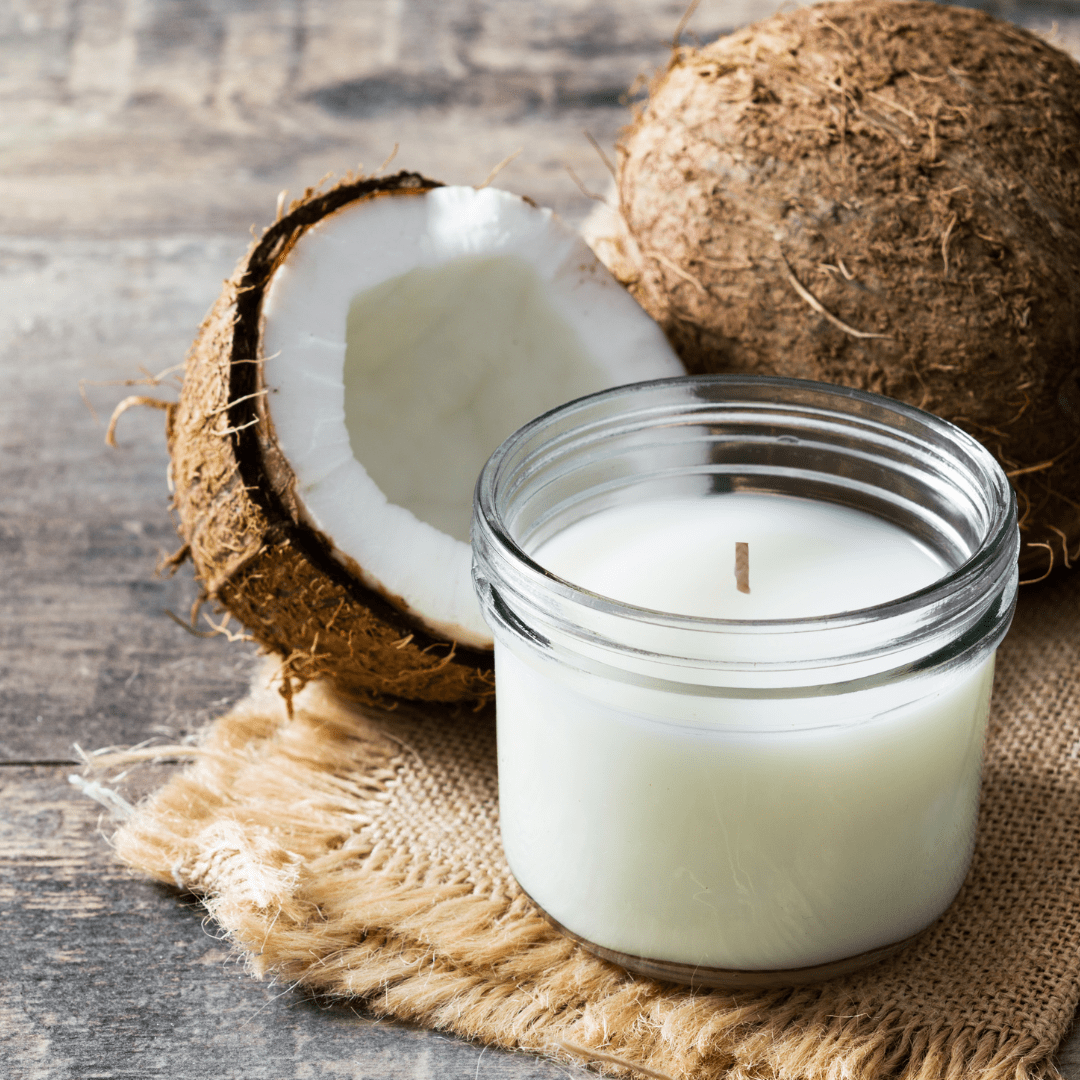Explore the World of Crystal Soy Candles and Home Fragrance Thrills
From Wick to Wax: Understanding the Chemistry Behind Soy Wax Candles and Their Environmental Impact
As we illuminate our spaces with the cozy glow of candle lights, there lies a world of intricate chemistry behind the relatively straightforward act of lighting a soy wax candle. Join us as we decipher the clinical intricacies behind soy wax candles and explore their ramifications on our atmosphere.
Soy Wax Vs. Paraffin Wax
When contrasting soy wax and paraffin wax for candle light production, it is necessary to understand the distinctive qualities and benefits of each product. Soy wax is a natural, renewable energy obtained from soybean oil, making it environmentally friendly and biodegradable - crystal soy candles. In comparison, paraffin wax is a result of oil refining, which elevates problems concerning its ecological effect and sustainability
Soy wax candles melt cleaner and send out much less soot compared to paraffin wax candles, making them a much healthier option for indoor air quality. Furthermore, soy wax has a reduced melting factor, permitting a longer-lasting candle that disperses fragrance better. Paraffin wax, on the various other hand, often tends to burn faster and less easily, potentially releasing harmful chemicals into the air.
From a sustainability viewpoint, soy wax is favored for its biodegradability and renewable sourcing, aligning with the growing customer preference for eco conscious items. While paraffin wax has actually been a traditional option in candle light making because of its price and ease of use, the shift in the direction of environment-friendly choices like soy wax is obtaining momentum in the sector.
Chemical Structure of Soy Wax

Burning Process in Soy Candles
The chemical structure of soy wax directly affects the combustion process in soy candle lights, affecting variables such as melt time, fragrance release, and ecological effect. When a soy candle light is lit, the heat from the flame thaws the wax near the wick. This fluid wax is after that formulated the wick due to capillary activity. As the liquid wax gets to the fire, it undergoes and vaporizes burning. The combustion procedure includes the vaporized hydrocarbons in the wax responding with oxygen airborne to create warm, light, water vapor, and carbon dioxide.
The combustion performance of soy candles is affected by the pureness of the soy wax and the high quality of the wick. In addition, soy wax candle lights have a reduced environmental impact contrasted to paraffin candles due to their sustainable and eco-friendly nature.

Environmental Benefits of Soy Wax

Taken into consideration a sustainable option to conventional paraffin wax, soy wax offers significant ecological benefits that make it a preferred choice amongst eco-conscious consumers. Soy wax burns cleaner and creates much less soot than paraffin wax, contributing to better indoor air top quality and reducing the requirement for cleansing and maintenance. On the whole, the environmental benefits of soy wax align with the growing need for eco-friendly and sustainable products in the market.
Recycling and Disposal Factors To Consider
Recycling and proper disposal of soy wax candle lights play an essential function in keeping environmental sustainability and lowering waste in houses and areas. The initial action is to ensure that the candle has actually burned completely when it comes to recycling soy wax candles. This can be accomplished by allowing the candle to burn till the wick is no much longer useful, and afterwards letting the remaining wax cool and solidify. Once the wax has actually solidified, it can be meticulously gotten rid of from the container.

In regards to disposal, if recycling is not a choice, soy wax candle lights are naturally degradable and can be securely gotten rid of in the majority of house waste systems. It is always recommended to examine with local recycling facilities or waste administration solutions for details guidelines on candle disposal to make sure correct handling and ecological defense.
Final Thought
To conclude, the chemistry behind soy wax candles exposes their environmental benefits over paraffin wax candles. Soy wax, acquired from soybean oil, burns cleaner and creates less residue when compared to paraffin wax. The burning procedure in soy candles is more reliable, causing a longer and extra even shed. Additionally, soy wax is renewable and biodegradable, making it an extra lasting option for candle manufacturing. Recycling and appropriate disposal of soy wax candle lights further add to their ecological impact.
When contrasting soy wax and paraffin wax for candle production, it is essential to recognize the distinctive features and advantages of each product (crystal soy candles).Soy wax candle lights burn cleaner and produce much less residue compared to paraffin wax candles, making them a much healthier option for interior air top quality.Considered a sustainable alternative to typical paraffin wax, soy wax supplies notable environmental advantages that make it a preferred selection amongst eco-conscious customers. Soy wax burns cleaner and generates much less soot than paraffin wax, adding to far better interior air top quality and reducing the requirement for cleansing and maintenance.In final thought, the chemistry behind soy wax candle lights reveals their ecological advantages over paraffin wax candle lights